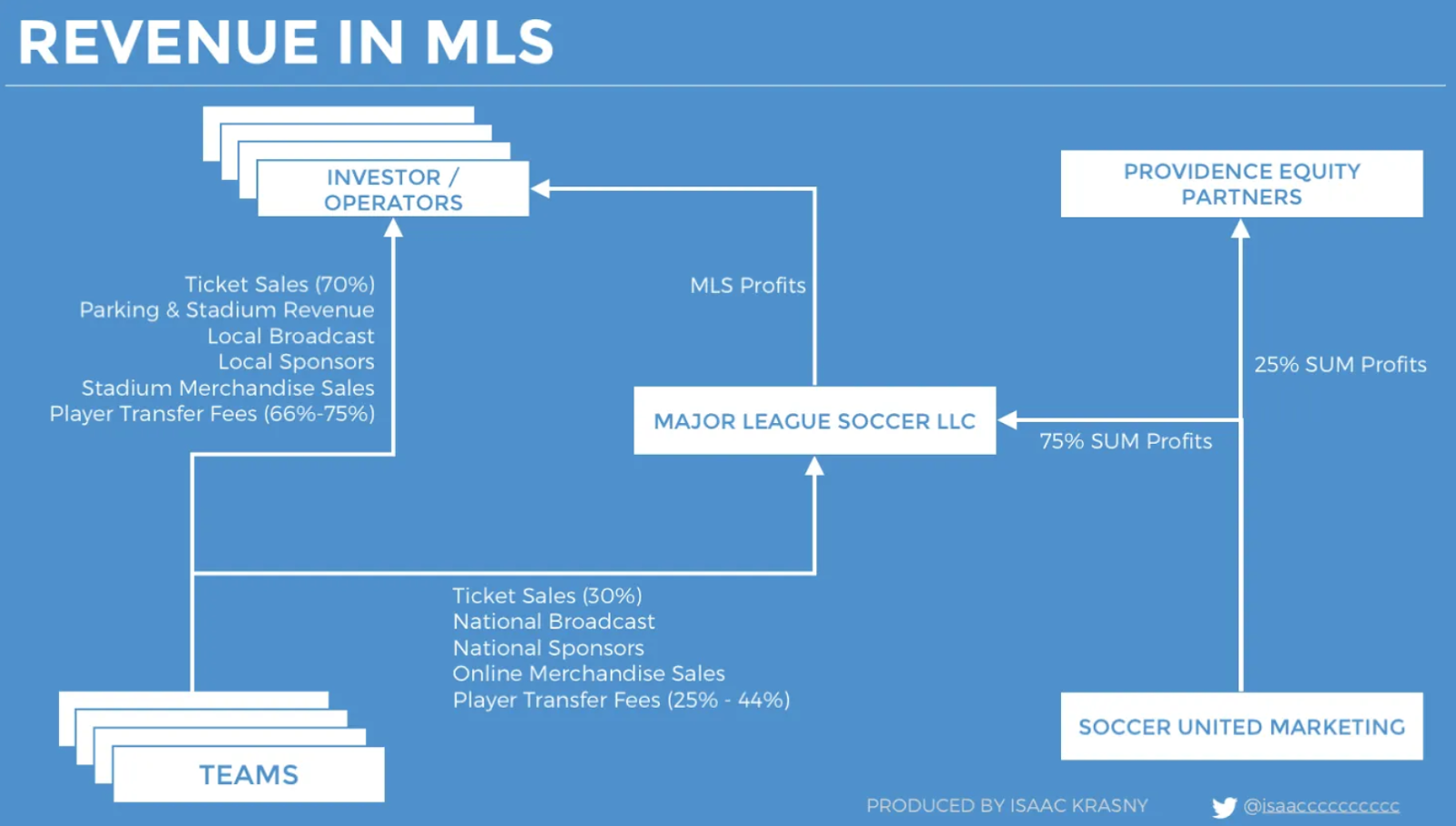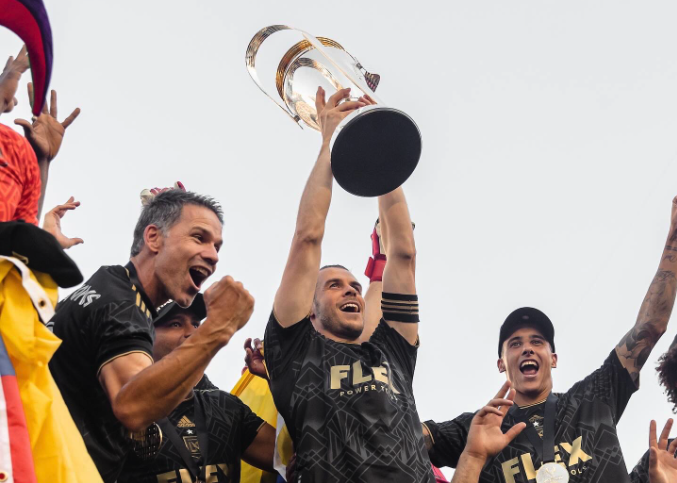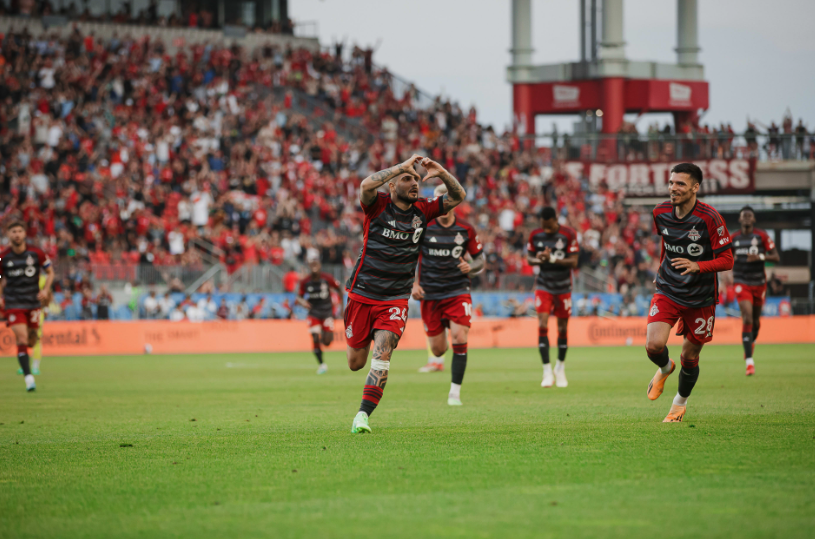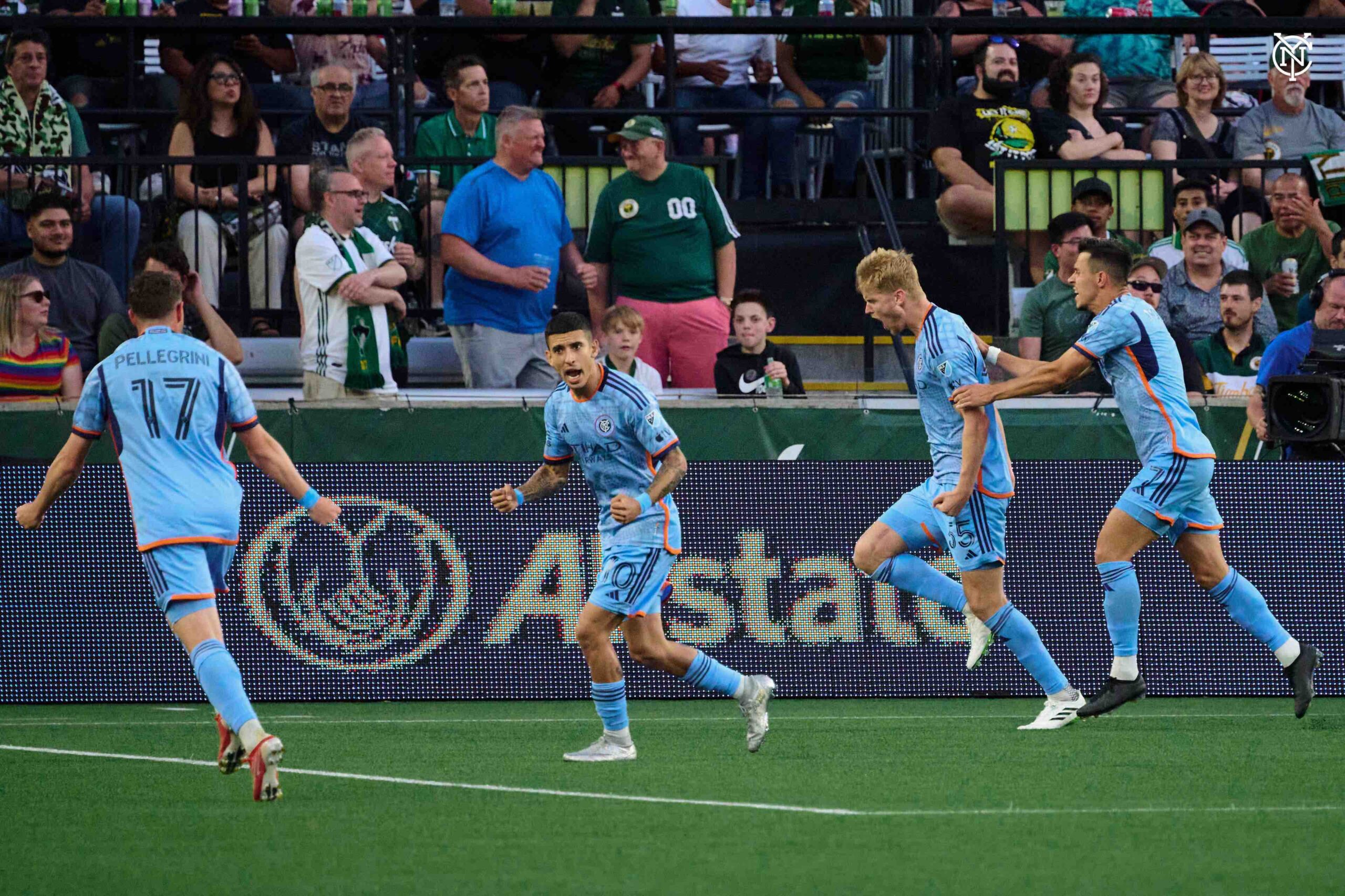The youngest “major” professional sports league in North America, Major League Soccer, is approaching 30 years of operations. Whether soccer – or fútbol – is considered a top sport in the U.S. and Canada is typically in the eyes of the beholder. MLS now rivals the National Hockey League and Major League Baseball as the third or fourth most popular sport in the U.S. It’s the 10th most valuable sports league in the world, higher than some European football leagues.
MLS officially began operations in 1993 but played its inaugural season in 1996. Originally only ten teams played. The league was not doing well and was on the verge of financial collapse. Luckily Don Garber stepped in. Garber has been leading MLS as the Commissioner since 1999.
Since 1993 MLS has expanded immensely. There are now 29 MLS clubs, with a 30th franchise planned for San Diego in 2025. Some cities like Los Angeles and New York boast two teams in the city (LA Galaxy, LAFC; RBNY, NYCFC). More soccer-specific stadiums are being built in the U.S. More former European superstars are joining the league. It began with David Beckham joining the LA Galaxy in 2007, culminating in Lionel Messi announcing his intention to play for Inter Miami this summer.
MLS’s strong rise in popularity and economic stability is thanks to a complex network of finances, salary structure, and expansion. The league makes money similarly to other North American sports leagues. One major difference is the team ownership model.
MLS owners are called “Investor-Operators.” Unlike the NFL’s cartel-style of owners – they work with each other despite competing interests – the MLS owners invest in the league itself. Owners invest in Major League Soccer, LLC. They succeed and fail as a collective.
Being an investor in MLS gives owners rights to team ownership, which the Investor-Operator can earn revenue from.
Clubs make money through local broadcast deals, local sponsorships, merchandise sales, ticket sales, concessions, parking, etc. The Investor-Operator sends portions of the revenue to the league. Thirty percent of ticket sales and 25-44% of player transfer fee earnings have to be given back to the league. The MLS keeps the national broadcasting money, league sponsorships, and online merch sales. Stadium naming rights are another way for clubs to make more money. The graphic below explains how the revenue streams function.

Graphic courtesy Isaac Krasny
The MLS TV coverage is inconsistent compared with the NBA, NFL, or MLB. Broadcasting deals for soccer are much less lucrative than other North American leagues. But the popularity of soccer has risen so much that it’s gaining serious ground. This season, MLS signed a ten-year, $2.5 billion deal with Apple to stream games exclusively on Apple TV. Some games can be watched for free; others require an app and purchased package. While it’s been a mixed first season with Apple, the interest from one of tech’s biggest players shows how much the game has grown.
The average MLS club value has massively increased in almost three decades of operation. Forbes reports the average club has increased in value by 85% since 2019, at an average of $579 million. LAFC, the 2022 MLS Cups winners, is the first MLS team to reach the $1 billion threshold. In 2nd is LA Galaxy at $925 million, and Atlanta United in 3rd at $850 million.

Photo courtesy LAFC
Unlike European football leagues that follow a table system with promotion and relegation, MLS has a different model. The table is broken into East and West Conferences, with a playoff tournament to determine the MLS Cup winner. Teams aren’t at risk of the financial consequences of relegation: being demoted to a lower-tier, less-lucrative league. That allows for greater financial stability. Losing has fewer consequences in North American soccer.
So how does it pay its players? This is where it starts to get convoluted.
MLS uses a salary cap to keep parity between the clubs. Those in bigger media markets make more money from tickets and merchandise sales. A cap ensures a team’s roster isn’t too good or too middling.
But explaining the salary cap’s full workings would require a separate article.
Here’s the nuts and bolts version: the cap is used to pay the senior squad or the main roster. Up to 20 players make up the senior squad. The cap is $4.9 million per club to fill out roster spots 1-20. However, clubs only have to fill 18 out of 20 senior squad positions. The cap is subject to change based on injuries, player loans, trades, etc. Spots 21-30 are the Supplemental Roster but don’t count toward the cap. These players are brought up to replace injured or transferred players. You can read about further player slot breakdowns and regulations on the MLS website.
What we’re interested in is the Designated Player spot. Known as a DP, a Designated Player is any player who is paid outside the salary cap. Their wage is bigger than what the cap can provide. The rule was created in 2007 when David Beckham arrived at LA Galaxy, which is why it is called the David Beckham Rule. A team can have up to 3 DPs, and they can be traded across different clubs so long as each club can pay their wages. There are stipulations regarding player age, seasons played, transfer windows, etc., that affect salary and roster makeup. Any team that wishes to make a player 23 or younger a DP qualifies for a Young Designated Player spot with different salary allocations.

Photo courtesy Lucas Kschischang/Toronto FC
The average MLS salary for a senior squad player is between $125,000-$150,000 per season. Reserve players make significantly less, going as low as $65,500-$84,000. There are also stipulations for homegrown talent, i.e., a player born and raised in the U.S./Canada, an international player, or a DP.
Clubs use General Allocation Money (GAM), or money from a league-wide pool, to pay players without spending salary budgets. Targeted Allocation Money (TAM) is used to sign new players, re-sign current ones, convert DPs into non-DPs, and can be traded with clubs as compensation. TAM must be used within the four MLS transfer windows, though. GAM must be used within 30 days of the close of the third window. A transfer window is a time for players to join clubs or move to different clubs within the league.
All in all, the MLS is in a good position.
Its financial code is stringent, but it keeps the league in the black. More regulations have kept the parity in play, and it shows in the 15 different MLS Cup winners since 1996.
With expansion on the horizon and the GOAT of world football entering the league, the MLS is on its way to global prominence.





